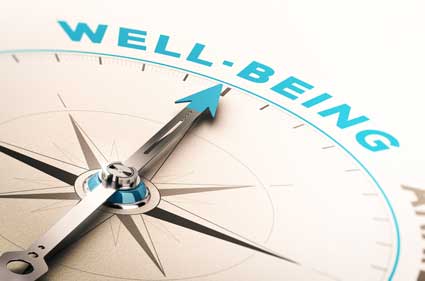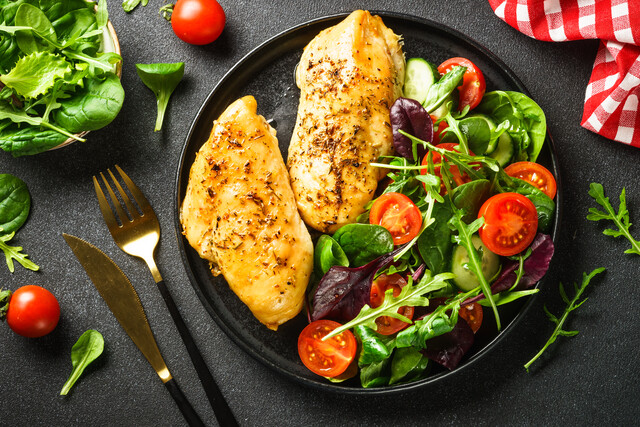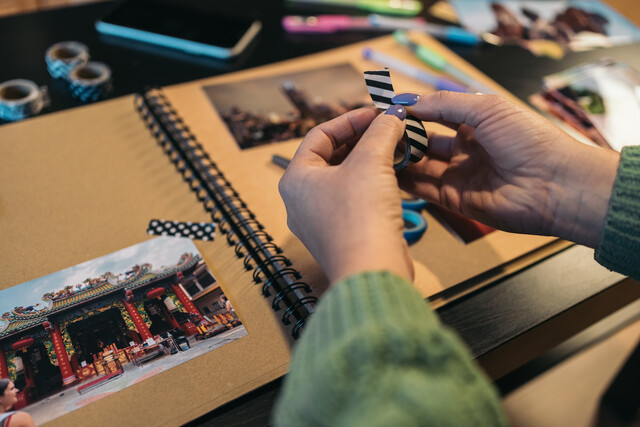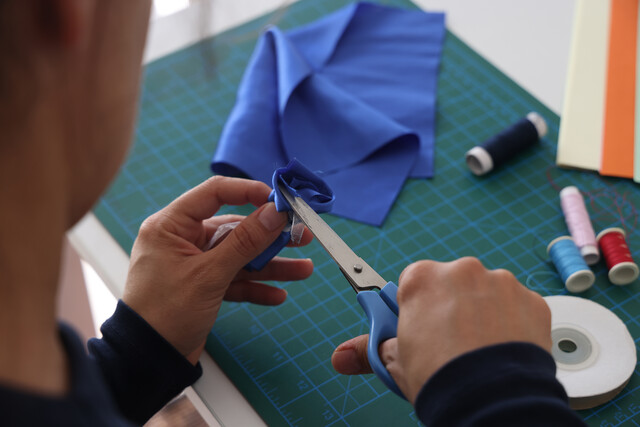-
- Clay � is the heaviest soil, dense, very compact, holds water for a very long time, and does not dry out very quickly. The slow loss of water keeps nutrients at a high level. You have clay-like soil if there is standing water for up to ten minutes after a rainstorm.
- Sand � is made up of very large particles that are round in nature, contributing to very fast drainage, and very quick drying. Because of the quick drainage, nutrients are often lost to irrigation. You may very likely have sandy soil if no water ever pools on your soil, meaning that it drains very quickly.
- Loam � is an intermediate soil, it is not as sticky and compact as clay, but is not as loose and friable as sand. Loam is considered to be the ideal soil for a garden. It drains well, but not too quickly, it is full of nutrients, and does not compact and kill roots. Loam soil will hold water, not drain too quickly, but will not allow water to pool for any length of time. Loam is dark soil, full of organic ingredients, and is either found in the yard of a former gardener or deep in a wooded area where the leaves have been decaying for decades. Most gardens do NOT start out with loam.
The soil you find in your yard will be made up of a combination of the three above ingredients. We are often tricked into buying "topsoil" thinking that it is ideal for our gardening needs. Topsoil is only the soil that happens to lie at the top of a given area. It could be full of clay, it could be full of sand, and unless it is deep in the forest having experienced years of decayed leaf mulching, it is not loam.
In addition to determining what kind of soil you have, you will need to discover the pH of your soil, that is, determine whether it is more acid in nature, more alkaline in nature, or if it is neutral. The pH testing can be done through your county extension service or by purchasing a pH testing kit at your home improvement store, your local nursery, or through the internet.
The advantage to testing your soil yourself is that the kits are relatively inexpensive and it will give you enough of an indication of the pH of your soil for you to make good choices when it comes to planting. A high pH means your soil is alkaline, and a low pH means that your soil is more acid in nature.
Now that you know what kind of soil you have and what its pH is, your next step is to determine if you need to make any changes to your soil.
Amending your Soil.
If your soil is clay then you will need to make some changes to your soil to improve the chances of growing a good garden. If you have too much clay in your soil you will want to add sand and compost and other organic ingredients to increase the spaces between the soil particles, allowing for better drainage and room for the roots to grow. Your plants will both breathe and drink better.
In sandy soil, adding organic amendments will help the sand to hold water longer and to retain nutrients long enough for your garden plants to make use of them. Sandy soil is not nutritious, and decaying organic materials will release nutrients into the soil for use by the garden plants.
Even if you feel that your soil is mostly loam, it will still benefit from the addition of organic amendments. The reason for this is that all organic materials decompose and are used up.
What are Organic Amendments?
Organic amendments are elements that are the by-product of some kind of growing plant. They can be bark, peat moss, sawdust, manure, compost, corn stalks, grass clippings, and other plant remains. Until the novice gardener has been educated, much of these valuable ingredients have been bagged and put out for trash pickup. Now that you know the incredible value of them you will be raiding your neighbors' trash bins to use their discarded organic materials.
One of the easiest and yet most often overlooked methods of increasing organic material into the garden is from your kitchen. The average U.S. kitchen household throws away hundreds of pounds of organic kitchen waste every year, placing it in our landfills when it would better serve everyone if they would compost it and enrich their gardens.
The ideal way to compost is to start small. There are many plastic composting bins available at Home and Garden centers and they are relatively inexpensive. The advantage to using one that is ready made is that they are erected within minutes, are easy to use, have lids (to help reduce the fly and smell problem), and can be moved from place to place around your yard.
If you do not wish to purchase a composting bin you can use bales of straw, six bales, two high on three sides, and throw all your kitchen organic waste in. The open side makes it easy to turn your pile every few days creating compost in a very short period.
What can you put in the composter?
In regard to your kitchen, any kitchen leftover that is not meat, bone, or fat can be composted. Some very experienced gardeners will compost everything, but for the novice gardener, and the one who has no wish to attract large pests (dogs, bears, and more), composting only vegetable based materials is the best idea. Cut your organic materials into smaller pieces for quicker composting.
All vegetable organic materials including:
|
Worms and You.
The next step to ramp up your composting adventure is to purchase red worms. Red worms create castings that make your garden soil incredibly rich and they will help to create finished compost from your scraps in a hurry.
Now that you have learned about the vast variety of plants there are, discovering their light, pH, and soil needs, it is time to discuss their watering needs.
Every living thing on the planet requires water to live. However, every plant has differing needs. The Saguaro cactus in the Sonoran desert has a very different water requirement than the beautiful, water loving hydrangeas of Virginia.
You have now learned enough about plants and their requirements that you can begin to study seed and plant catalogs, or go to your local nursery and look at the plants and the labels on the plants. Each label will give you specific information about the plant. It will give you sunlight requirements, zone preferences, and watering needs. Obviously, as you plan your garden you will want to put plants with similar zone, sunlight, and watering needs in the same area. This simplifies things and reduces plant loss due to inappropriate placement in your garden.
Arid Plants and Moisture Loving Plants.
Arid plants are those that have a very small water requirement. The most important point in regard to arid plants is that the first year or two they do require regular watering for their roots to penetrate to an appropriate depth. This means that you will have to provide a little extra watering the first two seasons for these plants until they are established. After that, they are counted among the xeric plants that are finding homes in city plantings, especially in areas where water availability is a problem. Xeric plants are also good for areas that will be difficult to water, or are too far away from a watering source.
Moisture loving plants are those that require more water. Much of the time these are plants that prefer shade and woodland environments. Violets and hostas love shade and water, but not standing water. There are few plants that like standing water.
Average Water Needs.
Most other plants have an average watering need. This includes both the average plants in a vegetable garden as well as the most beautiful annual and perennial flowers in a cutting flower garden. These plants are those that you will likely look to for your very first garden. Again, remember, if their needs are similar, you only have to create one environment and then all of your plants will be happy. Plants that have similar watering needs also makes it easier to set up watering systems.
Watering Systems.
Watering systems can be as primitive as carrying water in a bucket or watering can from plant to plant to a state of the art electronic system that needs to be installed by someone with electrical and plumbing expertise.
Hoses and Sprinklers.
Hoses and sprinklers that are attached to a hose are the next step, and probably the easiest for a novice home gardener. When purchasing a hose, buy the best one that you can, one that will avoid kinking. You can thank me later when you see your neighbor wrestling with his recalcitrant hose and all you had to do was reel yours in.
Hose attachments will be your next investment, and for hand watering purposes an attachment that has a couple of different spray patterns can be very handy. I like the ones that have a very fine spray option as well as one that mimics rainfall. You really do not need one that has 36 options, but get the best that you can buy. The really inexpensive ones rarely last longer than one season.
Sprinklers that attach to the end of the hose are also a good investment, but you do have to remember to go out and turn it on and off. It is a good idea to set a timer each time you turn on the water with this sort of attachment.
Soaker Hoses.
Soaker hoses are made up of recycled tires, usually black in color, and are very porous. These hoses leak all along the length of the hose, causing water to seep out of the hose along the length of the flower or garden bed. Soaker hoses are a wonderful way to water your plants slowly, and ensuring that each plant gets a good long drink that reaches to their roots. Sometimes using a hand held attachment will only wet the top quarter inch of soil, but no water actually gets down to the roots. Remember, the roots are what take up the water, not the leaves.
Micro Watering System.
The advantage of a micro-watering system is that it is easy to install, it puts water only where you want things to be watered, and can usually be adjusted to give each plant exactly how much water it needs. These systems are infinitely expandable and require few special tools to get it up and running. Most Home and Garden centers have starter kits that will give you a little bit of everything that you need to get started.
Other Watering Systems.
Try gardening for a year or two before spending the money on more expensive watering systems. Once you know your dedication level, the choice will be easy.
Fertilization needs.
For beginning gardeners, I usually suggest that fertilization needs be addressed through the use of a basic vegetable or flower fertilizer that is applied once or twice during the growing season. While it is true that growing plants will take certain nutrients out of the soil, it is also true that some replace them.
One idea to remember is the one of crop rotation. By changing the site every year for different kinds of plants, especially vegetables, the savvy gardener will discover that a bumper crop of produce will be the result. However, if one is determined to plant corn and tomatoes in the same spot year after year, the end result will be small, straggly plants with little, if any, fruit production.
Fertilization can help in this instance, but so can the addition of compost. Once you get a composting cycle started and add fresh compost to your garden on an ongoing basis, you will find that you have very little need to use complicated fertilization methods.
Let us keep it simple. If you feel that you need to use a fertilizer, use a general fertilizer for the garden that you have planted, and be sure to follow the directions exactly.
Seasonal Care.
Every season there is something to do in your garden.
Spring is obviously the time to plant and if this is your very first year, your first spring will be pretty busy. Once your garden is established, spring is a good time to finish any cleanup left over from the fall and winter. I usually leave any fruit or seed bearing plants in the garden for the birds to eat during the winter. This keeps my garden looking a little messy during those seasons, but the birds know who their friend is. Spring is a good time to add a little bit of organic material to existing soil, and to plan out your planting needs for the coming summer.
Summer keeps you on the lookout for weeds and pests that might be invading your garden. You will need to take quick action so that you do not lose the plants, causing you distress, loss of money, and becoming discouraged. By being a vigilant gardener, you will see signs of distress long before it becomes fatal. Consider additional mulching to prevent loss of moisture and add on to your watering system.
Winter in most parts of the U.S. is when the ground is frozen, very cold, and is at rest. This is the best time to look at all the seed and plant catalogs and plan your garden for next year. In the warmer parts of the states this is the only time gardeners can grow vegetables because it is actually cool enough. Summer months in Arizona make it nearly impossible to grow a vegetable garden, so you will have to stagger your growing demands according to your climate. The best advice is for you to go to your local nursery and find out what grows in your area and when it grows best. Then you need to plant accordingly.
























